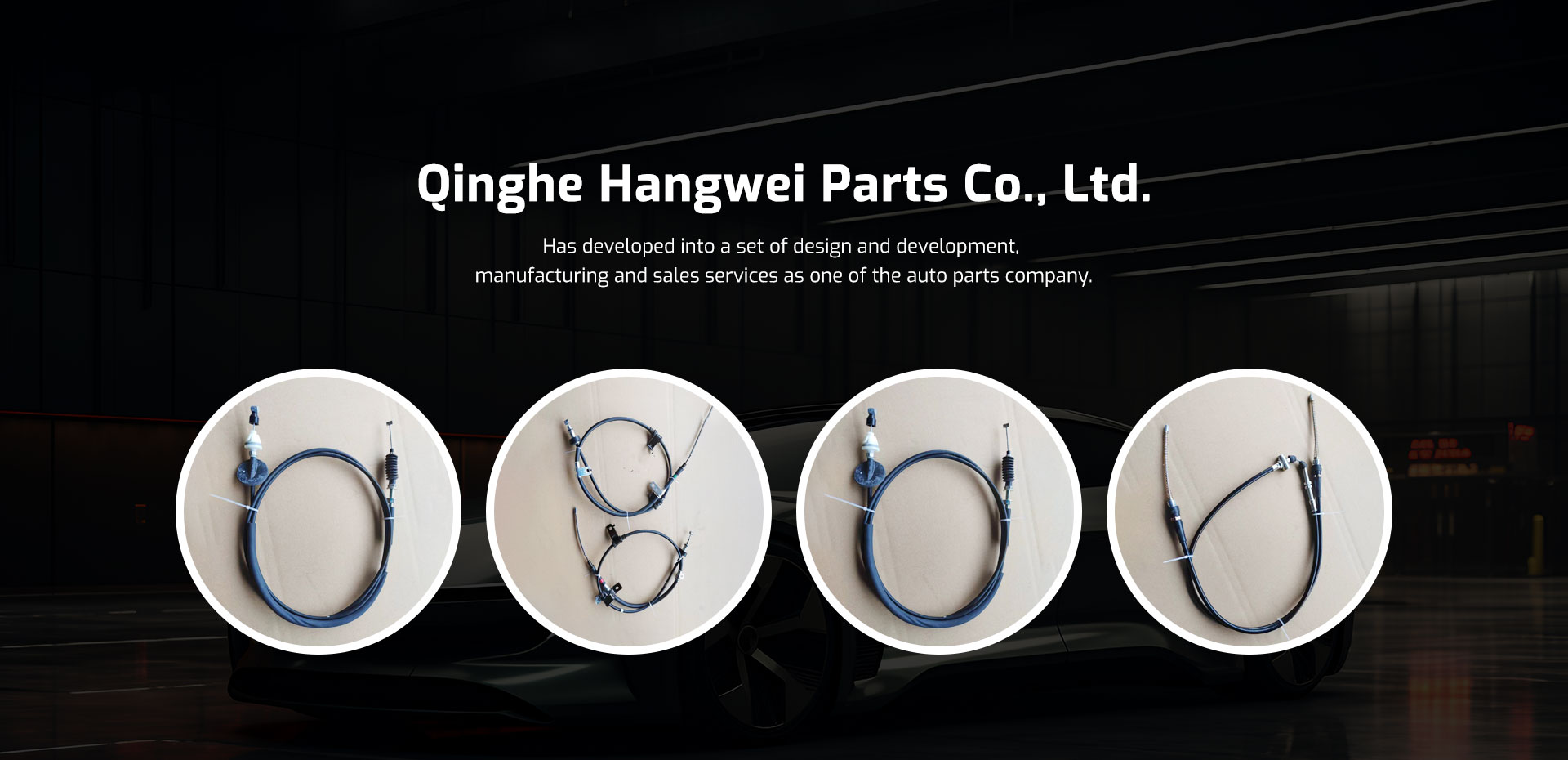throttle rod linkage
Understanding Throttle Rod Linkage An Essential Component in Automotive Engineering
Throttle rod linkage is a critical element in vehicles, serving as a connection between the accelerator pedal and the engine's throttle valve. Its primary function is to control the amount of air and fuel mixture entering the engine, which directly influences the vehicle's performance and responsiveness. This article delves into the importance of throttle rod linkage, its components, and how it impacts automotive efficiency.
What is Throttle Rod Linkage?
Throttle rod linkage consists of a series of mechanical components, including rods, levers, and joints, that facilitate the actuation of the throttle valve as the driver presses the accelerator pedal. This system is prevalent in older vehicles; however, modern cars increasingly use electronic throttle control (ETC), often referred to as drive-by-wire systems. Despite this evolution, understanding the traditional throttle rod linkage remains essential for automotive enthusiasts and professionals.
How Throttle Rod Linkage Works
When the driver presses the accelerator pedal, the throttle rod linkage translates this motion into a mechanical action that opens the throttle valve. This opening allows more air to flow into the intake manifold, thereby increasing the engine's power output. The linkage system must be carefully calibrated to ensure responsive and smooth acceleration.
Typically, the linkage will include several parts
1. Accelerator Pedal The initial point of input where the driver applies force. 2. Throttle Rod A straight or bent rod that connects the pedal to the throttle valve. 3. Pivot Points Joints that allow movement and enable the proper transfer of force. 4. Throttle Valve A valve that opens or closes to regulate airflow into the engine.
throttle rod linkage

Proper adjustment and maintenance of these components are crucial for optimal performance. Misalignments or damaged parts can lead to unresponsive throttles or erratic acceleration, which can be hazardous.
Importance of Proper Linkage Adjustment
The correct adjustment of throttle rod linkage is vital for maintaining engine synchronization and performance. If the linkage is too loose, it may result in delay or sloppiness in response to pedal input. Conversely, if it is too tight, it can lead to unintended acceleration or a stuck throttle condition. Regular checks and adjustments can prevent these issues, ensuring both safety and performance.
Transition to Electronic Throttle Control
While traditional throttle rod linkages are still found in many older vehicles, the automotive industry is shifting towards electronic throttle control systems. These systems utilize sensors and electronic signals to control the throttle valve's position, offering enhanced precision and performance. Benefits include improved fuel efficiency, better engine response, and integration with advanced driver assistance systems.
However, understanding the mechanics behind throttle rod linkage provides valuable insights into automotive engineering fundamentals. It highlights the progression from mechanical systems to electronic ones while underscoring the significance of maintaining all vehicle systems—traditional or modern.
Conclusion
Throttle rod linkage plays a fundamental role in the operation of vehicles, making it essential for drivers and mechanics to grasp its function and significance. With knowledge of its components and proper maintenance practices, vehicle owners can ensure that their systems operate efficiently and safely. As the automotive industry moves towards more sophisticated technology, the legacy of mechanical systems like throttle rod linkage remains an important aspect of understanding how vehicles have evolved over time.
-
Upgrade Your Clutch System with Premium Hydraulic Clutch LinesNewsJul.31,2025
-
Unlock the Power of Precision with Our Throttle CablesNewsJul.31,2025
-
Unleash Power and Precision with Our Accelerator CablesNewsJul.31,2025
-
Experience Unmatched Safety with Premium Handbrake CablesNewsJul.31,2025
-
Enhance Your Vehicle's Performance with Quality Gear CablesNewsJul.31,2025
-
Workings of Clutch Pipe and Hose SystemsNewsJun.04,2025
